Strips of paper 200 years old, some of which appear to be part of the edging of a map, and others presenting small fragments of text, were discovered during works at the roof of the Palace of Princes in Alba Iulia, former residence also of Michael the Brave, currently under rehabilitation.
"During works at the roof paper strips were discovered, with an age of 200 years, cut as if with a knife or scissors, from larger work pieces, some appear to be part of the edging of a map, others with small fragments of texts, which are now in the process of restoration and research. Furthermore, bricks and fragments of tile with inscriptions, ceramic fragments or even medical bottles - all seem to be materials from the 17th-18th centuries," posted, on Friday, on his Facebook account, the deputy mayor of Alba Iulia, Marius Filimon.
According to Marius Filimon, sequences from the decorations of the interior walls, featuring picturesque scenes, were also discovered and restored.
"Flowers and vegetable elements, birds and scenes of hunts of lively colored landscapes animated 4-5 centuries ago the palace. All of these were found under layers of plaster from various period of existence of the palace. Several stone frames were discovered, showing the particular interest manifested by those who patroned this palace in its decoration with the most imposing architectural elements, the ground floor showing Gothic frames followed, naturally, by Renaissance ones, which dominate, then, the floors of the Palace. Fragments of escutcheons, inscriptions or even the old hardware of windows and doors can be seen, together with the stone frames of the windows and portals," the deputy mayor added, Agerpres.ro informs.
Once the conservation and restoration is finalized, done under EU funding, the Palace, the most important administrative building in Transylvania, according to specialists, would, among others, host a Museum of the Principality of Transylvania, that would capitalize on the vestiges from the period when Alba Iulia was the capital of Transylvania.
Over 150 years, between 1541 and 1699, "the fate of the region" was directed from Alba Iulia, from this Palace. It combines several architectonic styles: Gothic, Renaissance and Baroque.
Situated near the Roman-Catholic Cathedral and Union Hall, the former palace of the Princes of Transylvania was built in the 15th century, being modified and extended between the 16th-17th centuries. Initially, the building had as a destination the residence of the Roman-Catholic Capitolium, meaning the place where paperwork was drawn up and authenticated. Since the 16th century it was a princely residence, and for a period of 11 months, in the years 1599 and 1600, the edifice served as residence for voivode Michael the Brave.
The building was badly damaged by the Turks and Tatars, during the Great invasions of 1658 and 1662. With the conquest of Transylvania by the Hapsburg Empire, the palace was transformed into a barracks, remaining with this status for three centuries. Since the 17th century, it hosted the Austrian garrison with the artillery barracks and arsenal, and since December 1918 was attributed to the Command of the 21st Infantry Regiment, remaining a military building up until over a decade ago.

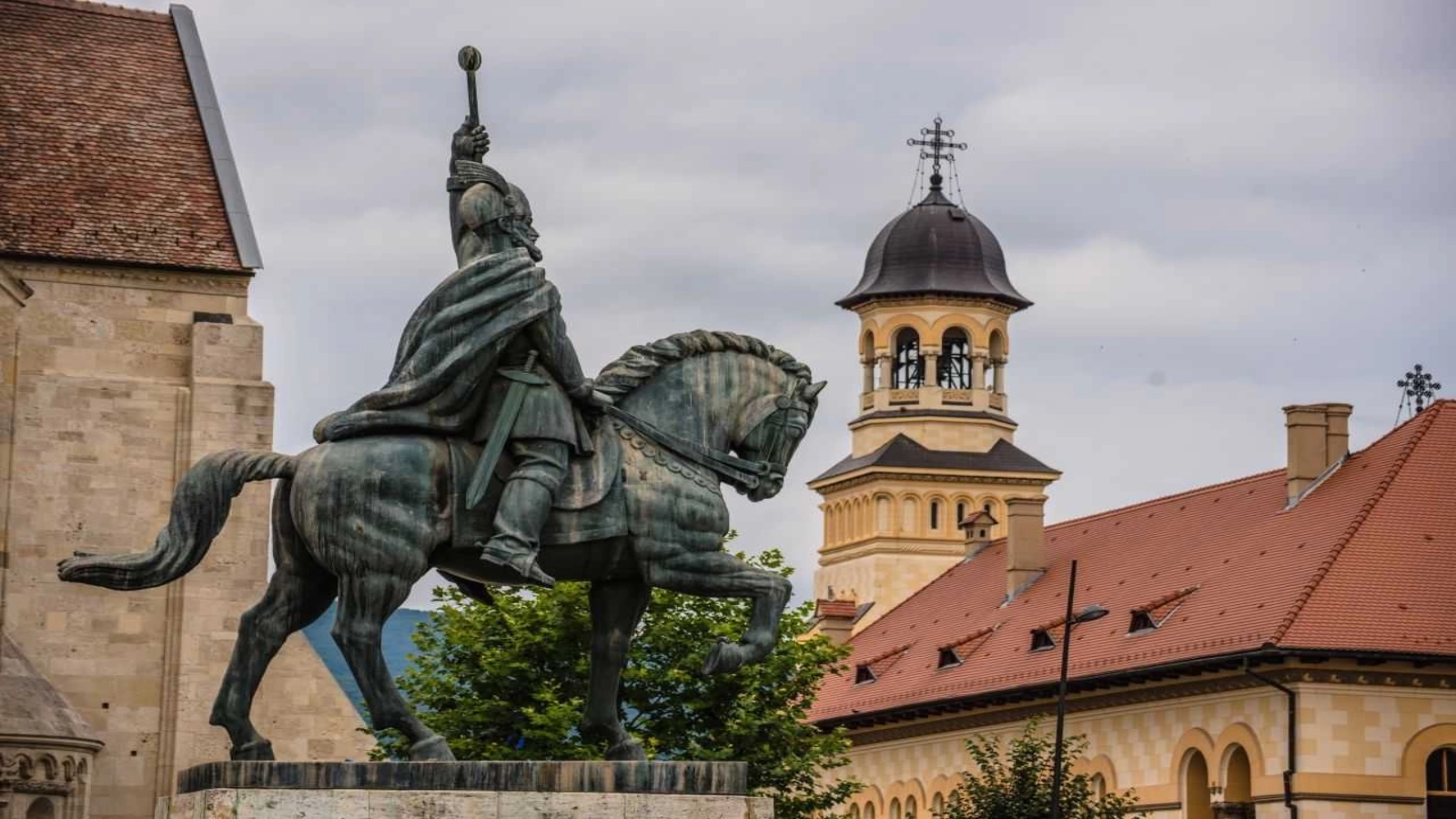



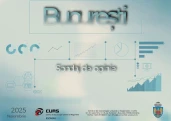

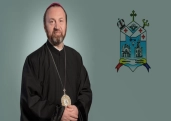
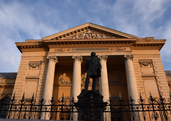

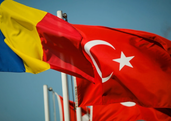
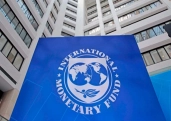
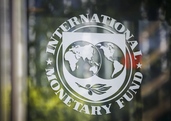
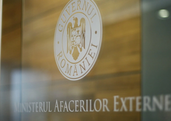
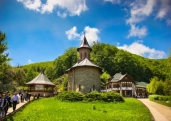
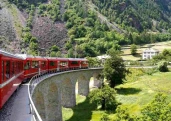
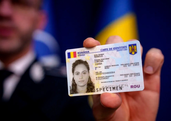




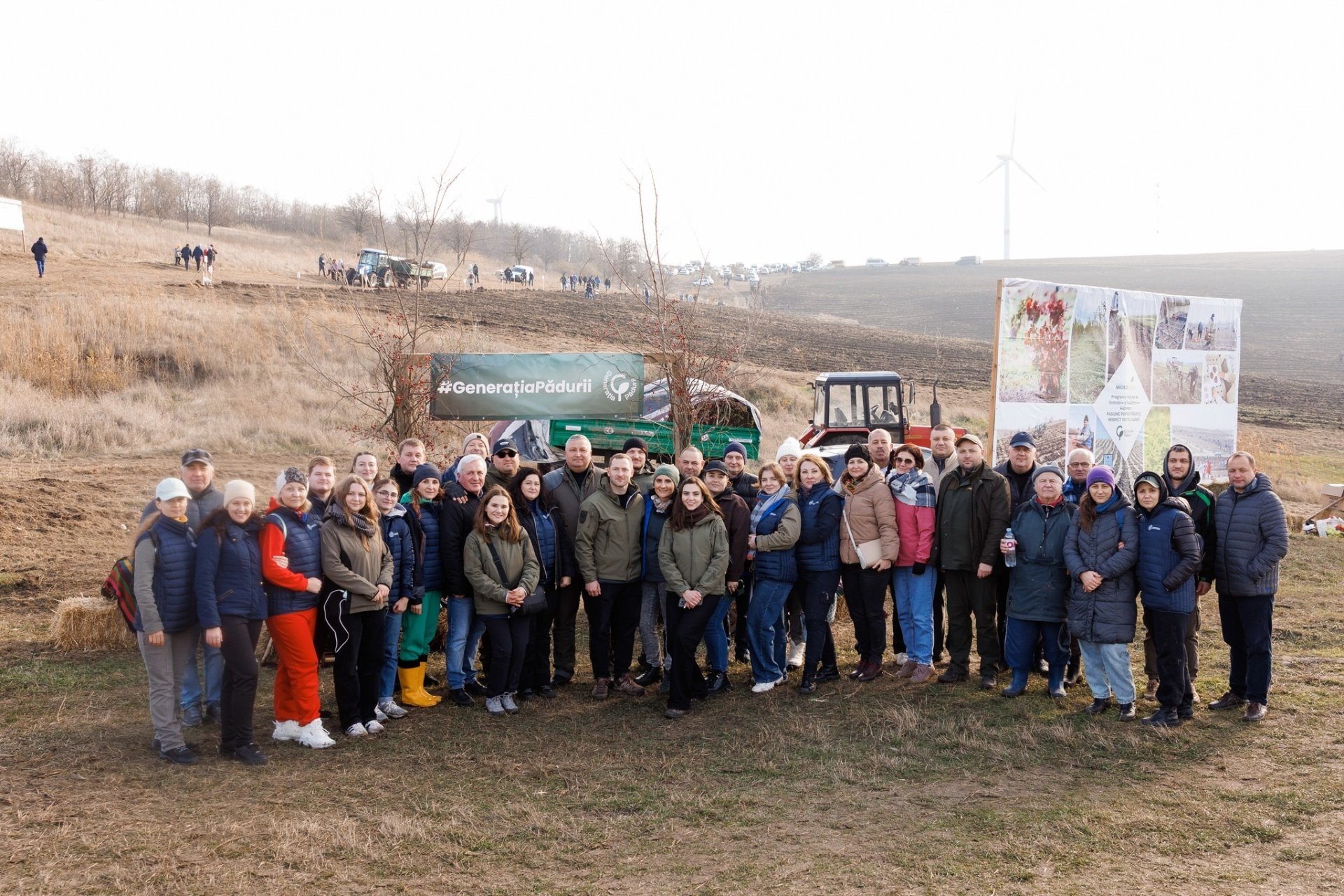
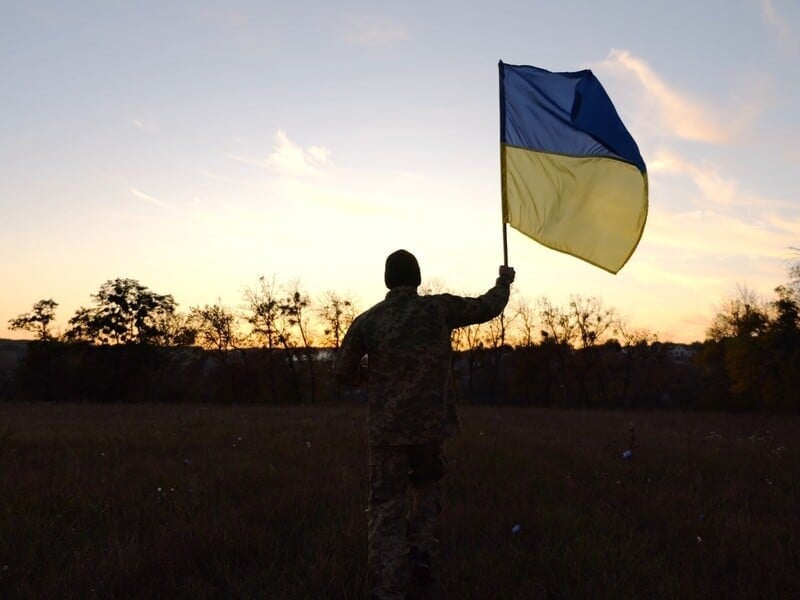







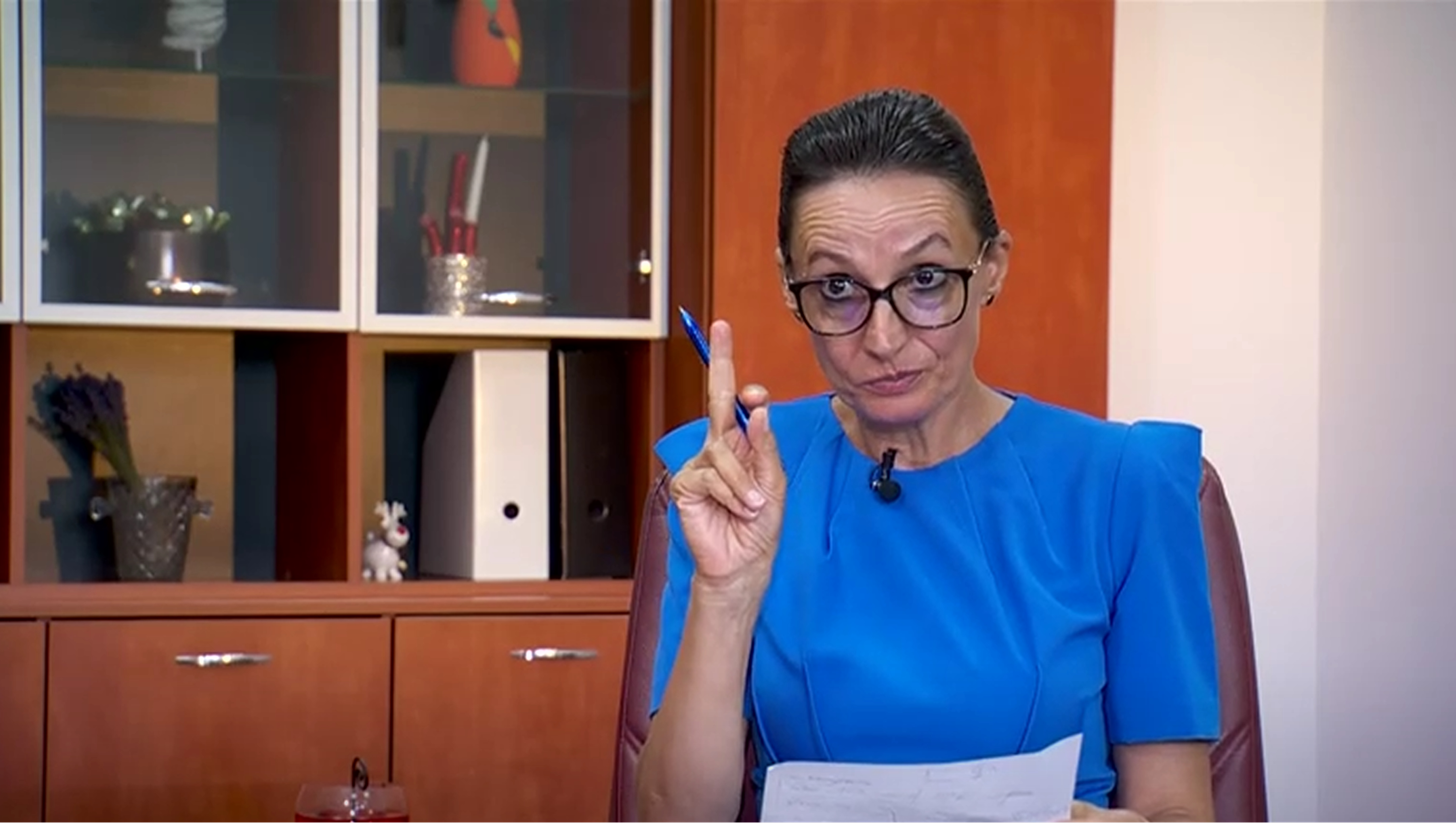


Comentează